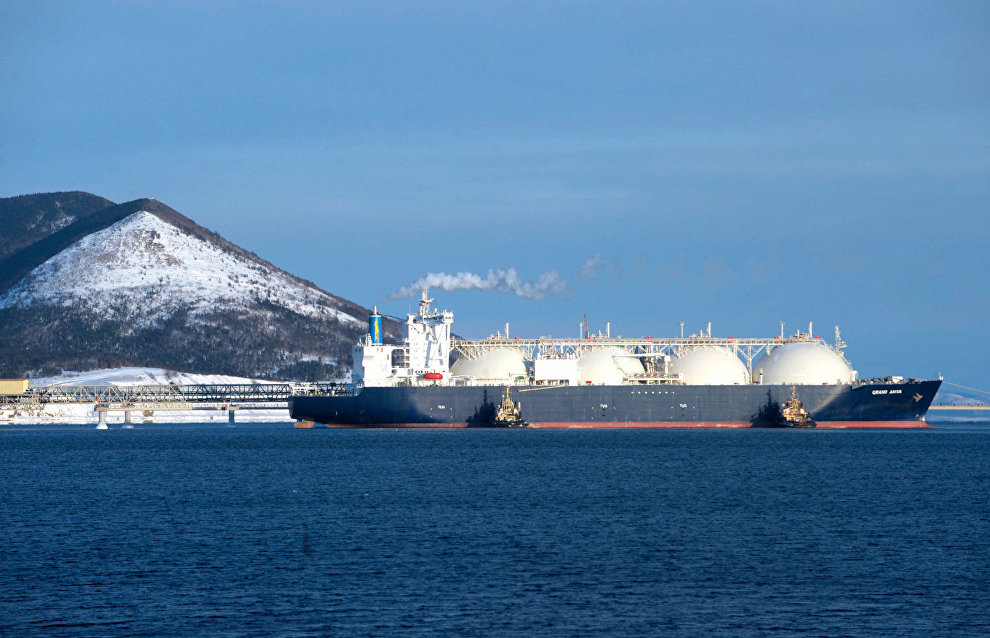Report on shipping traffic in the Arctic published
The first Arctic Shipping Status Report prepared by the working group of the Protection of the Arctic Marine Environment (PAME) and based on the Arctic Ship Traffic Data (ASTD) has been published on the official website of the Arctic Council. The document presents information on the general trends of the Arctic shipping in 2013-2019.
The researchers note that the exploration of oil and gas fields and the production of raw materials as well as the development of sea tourism together with the changing ecological, social and economic models result in more intensive shipping traffic in the Arctic. Changes in the naval environment, including thinning and melting of sea ice, also have a significant impact on the length of the shipping season and provide access to previously inaccessible coastal areas.
Over this six-year-long period, the number of ships in the Arctic waters increased 25 percent, and the total shipping traffic in the area grew 75 percent, from 6.51 million nautical miles in 2013 to 9.5 million nautical miles in 2019. At the same time, the majority of vessels (41 percent) are fishing vessels; icebreakers and research vessels also sail frequently. The traffic of dry cargo ships grew 160 percent over a period of six years. Also, in 2019, 73 cruise liners entered the Arctic waters due to an increase in sea tourism.
The infographics and the PDF file of the report can be found here.
PAME experts will continue to monitor the trends using the ASTD system and they plan on publishing such reports on a regular basis in order to raise the awareness and exchange data on shipping activity in the Arctic. In the future, it will be possible to use the data to help to develop recommendations to heighten security in the Arctic waters and to protect the people and the environment as well.
The Arctic Council is an international organization which promotes cooperation in environmental protection ensuring the sustainable development of the polar regions. Russia will chair the council in 2021-2023.
